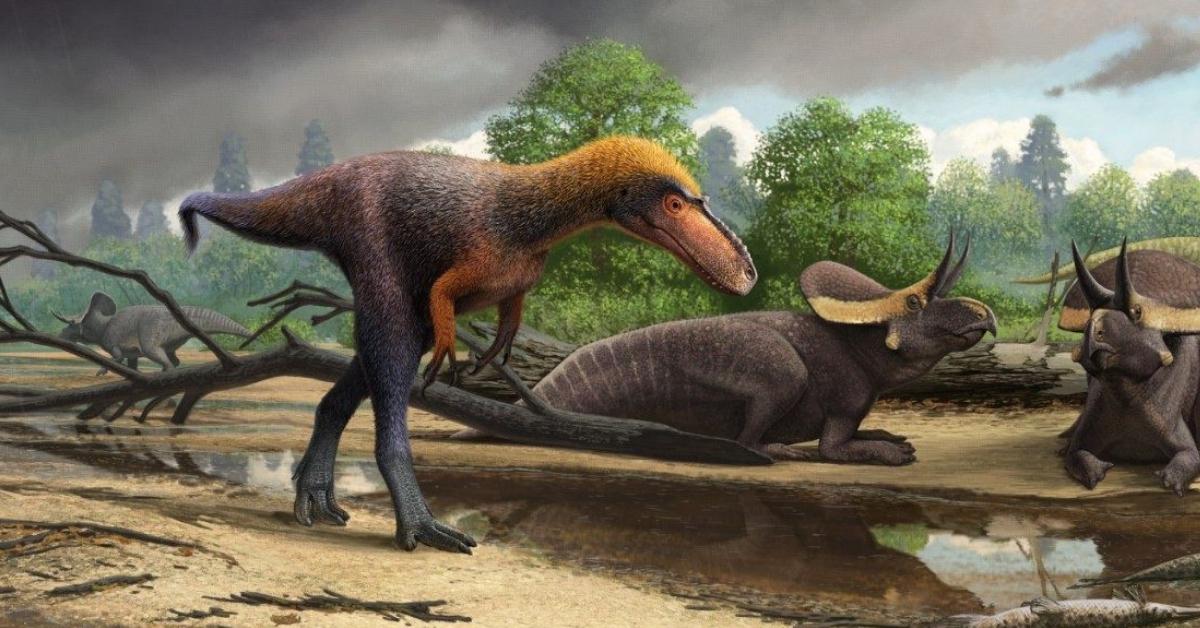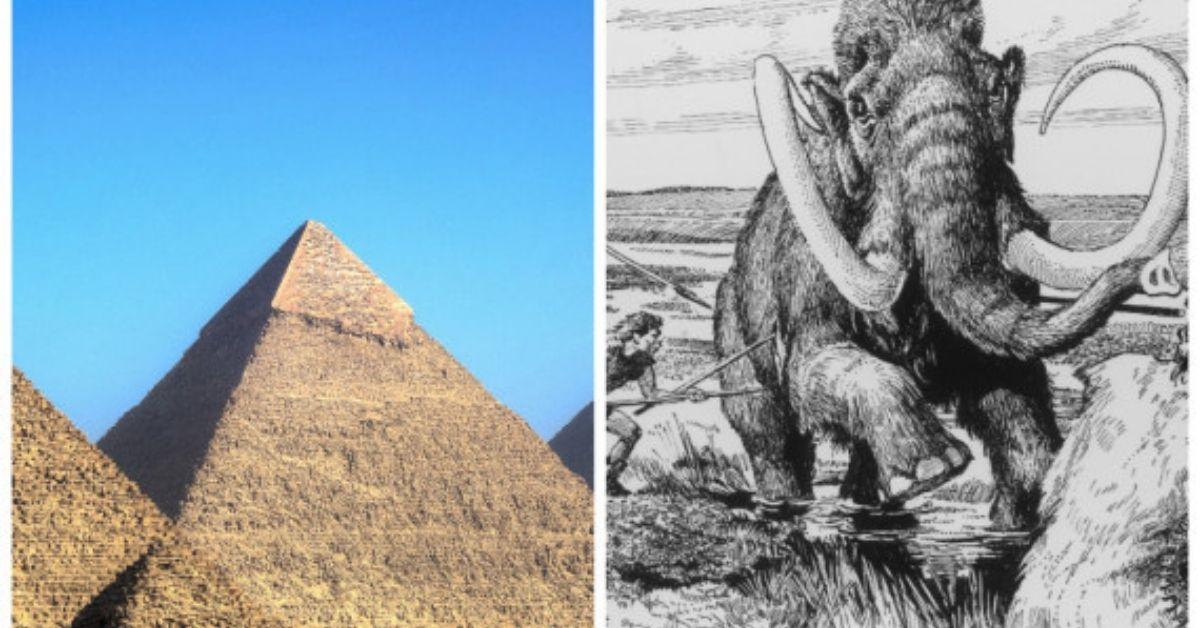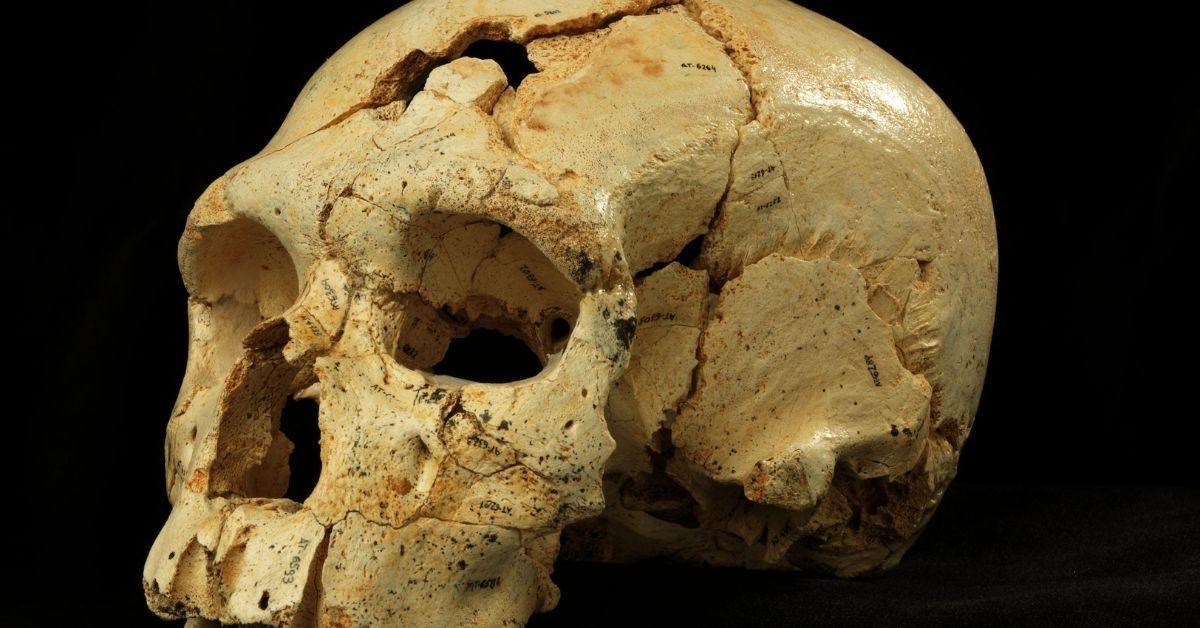•A newly named dinosaur, Suskityrannus hazelae, was only slightly longer than a full-grown Tyrannosaurus rex‘s skull, and smaller than an adult Bengal tiger.
•The tiny theropod was discovered in New Mexico, dating back to about 92 million years ago.
•Amazingly, S. hazelae‘s bones remained unidentified for more than 20 years.
Mention the word “tyrannosaur” to anyone with even just a passing familiarity with dinosaurs; chances are, this scene from Jurassic Park would be one of the first things they’ll think of:
An international team of scientists recently identified an earlier relative of this apex predator. Surprisingly, it was just a tad longer than an adult T. rex‘s skull.
Suskityrannus hazelae: A tiny tyrannosaur
Discovered in New Mexico’s Zuni Basin in 1997 by geologist Robert Denton, Suskityrannus hazelae stood about 3 feet tall at the hip. Based on partial specimens, paleontologists estimate that S. hazelae grew up to 9 feet long, weighing between 45 and 90 pounds.
For comparison, a full-grown Bengal tiger (Panthera tigris tigris) stands up to 3.6 feet at the shoulder, measures almost 11 feet long, and weighs up to 717 pounds.
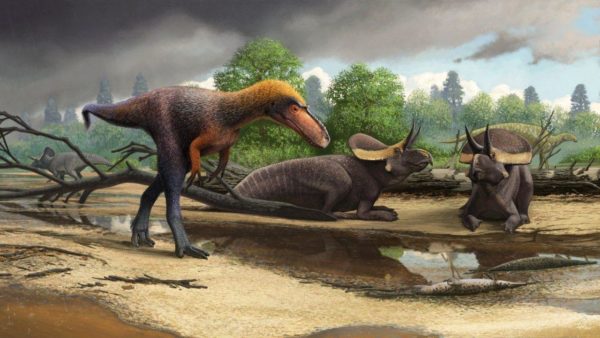
Interestingly, S. hazelae‘s fossils are at least 92 million years old. This was over 20 million years before T. rex, Triceratops, and other massive dinosaurs walked the Earth.
According to researcher Sterling Nesbitt, S. hazelae “gives us a glimpse into the evolution of tyrannosaurs just before they take over the planet.”
Nesbitt works as an assistant professor at the Virginia Tech College of Science’s Department of Geosciences. He discovered the second of only two known partial skeletons of this tiny terror back in 1998.
At the time, he was just a 16-year-old participant in a paleontological expedition under Zuni Paleontological Project leader Doug Wolfe.
In the Zuni
S. hazelae derives its genus name from suski (Zuni Native American for “coyote”) and tyrannus (Latin for “tyrant”). Meanwhile, it takes its species name from Hazel Wolfe, an active supporter of New Mexico fossil expeditions and Doug Wolfe’s wife.
“Suskityrannus has a much more slender skull and foot than its later and larger cousins,” revealed Nesbitt. He added that S. hazelae links older tyrannosaurids from North America and China with those from just before the dinosaurs died out.
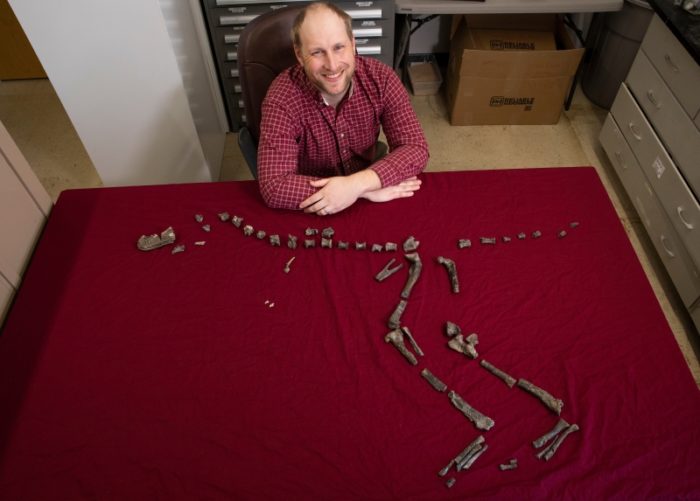
Aside from its basic dimensions, however, not much is known about S. hazelae. Paleontologists aren’t sure about its arm size or claw count, as neither specimen had any arm fossils. Due to its size, it likely preyed on smaller animals.
At first, they didn’t know they possessed the remains of an early T. rex relative. For nearly two decades, the bones sat undisturbed at the Arizona Museum of Natural History. They thought the fossils belonged to a relative of another famous dinosaur, Velociraptor.
When Nesbitt started bringing the fossils on interstate research trips, however, S. hazelae‘s true nature was revealed.
“My discovery of a partial skeleton of Suskityrannus put me onto a scientific journey that has framed my career,” he shared.
The study, co-authored by Nesbitt, Wolfe, and their other team members, appears in Nature Ecology & Evolution.
Cover photo: Andrey Atuchin
References
- https://psycnet.apa.org/doiLanding?doi=10.1037%2Fxge0000595
Author: Mikael Angelo Francisco
Bitten by the science writing bug, Mikael has years of writing and editorial experience under his belt. As the editor-in-chief of FlipScience, Mikael has sworn to help make science more fun and interesting for geeky readers and casual audiences alike.

